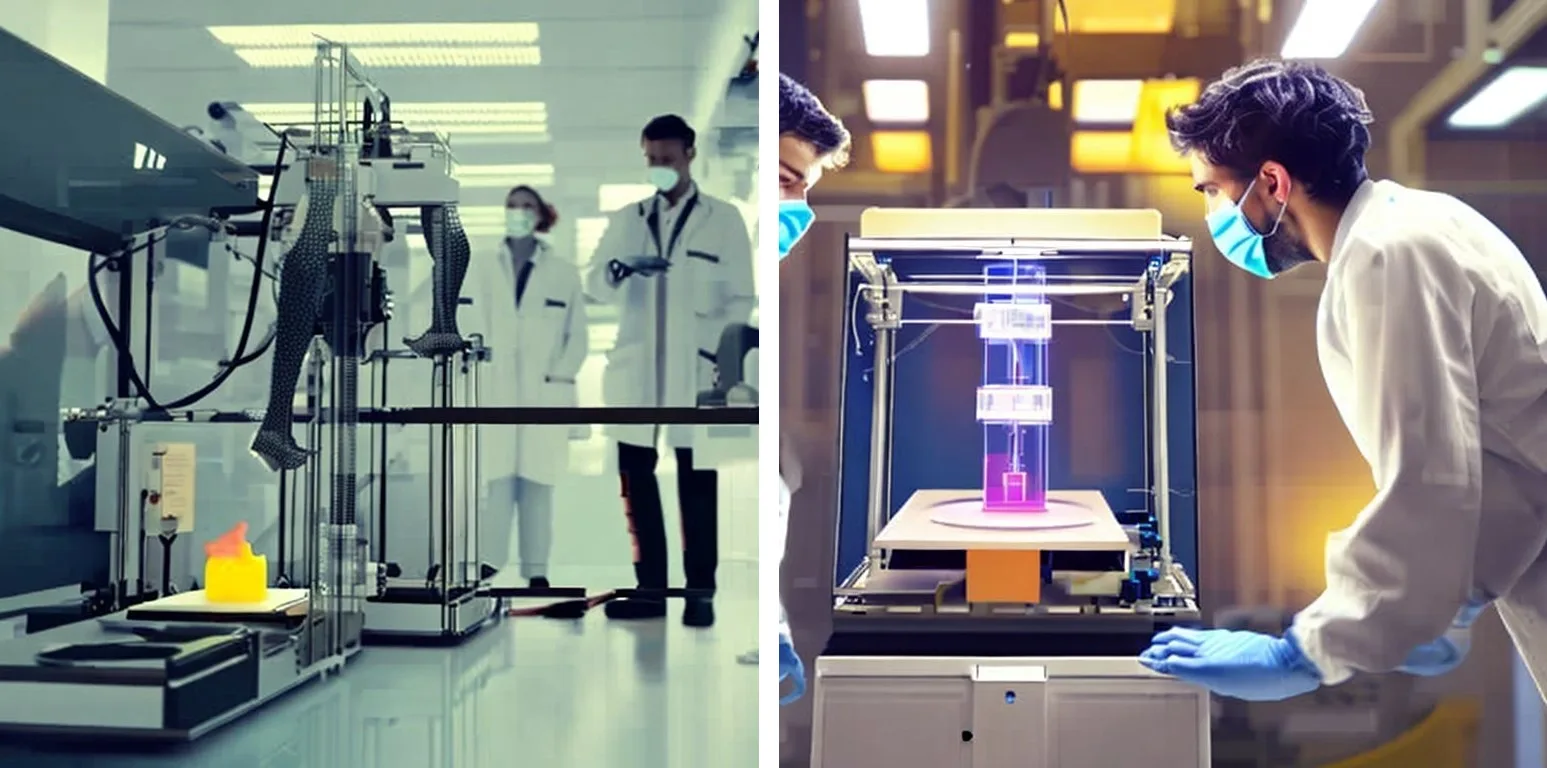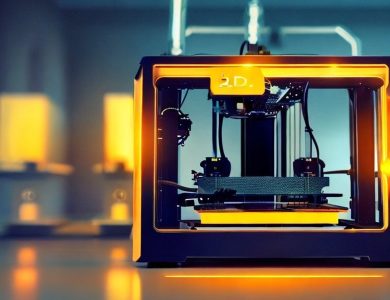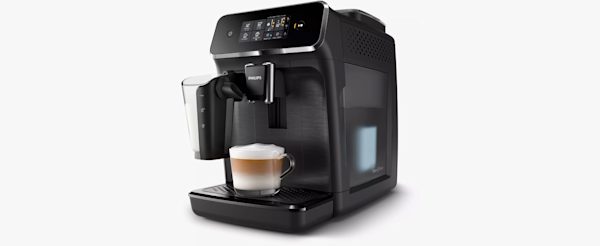Additive Manufacturing (AM) and AI are two of the most exciting fields in technology today. 3D printing has revolutionized manufacturing and design, allowing for the creation of complex objects with ease. Meanwhile, AI tools such as ChatGPT, MidJourney, Stable Difusion, and Resemble have shown their potential to transform the media landscape. With simple natural language text input, these tools can generate art, articles, and stories in a matter of seconds. In fact, all the images showcased in this piece have been created using AI.
The potential for innovation, however, is limitless when 3D printing and AI converge. By leveraging Artificial Intelligence, AM designers can optimize their creations to be stronger and more efficient. AI can even make the medium more accessible to everyone by reducing the high skill ceiling of slicer tuning down to simple checkboxes. Together, 3D printing and AI can drive the next generation of manufacturing.
To delve deeper into the potential of this exciting technology, we reached out to various experts in the AM industry, including thought leaders, journalists, and enthusiasts. Here are their insights on where the industry's heading.
Quality control
Even small defects in components can lead to catastrophic consequences in the aerospace industry. The answer is AI-enabled 3D printers, which can detect errors and correct them before they occur. For instance, Additive Works’ AI-based software platform simulates the 3D printing process to identify potential problems long before you hit the print button.
Jacob Wilson, Regional Manager at Bcn3d.com believes that "In-print monitoring has huge potential for AI integration. We're already seeing things like 'Spaghetti Detection' [utilizing computer vision and ML to detect print failures] becoming increasingly popular among desktop FFF (Fused Filament Fabrication) systems. I think we'll soon see AI integrations enter the market that will predict and prevent failures in print jobs on high-end industrial metal or polymer printers, where a failed print can be very costly".
AI algorithms can effectively analyze the 3D model and continuously compare it to the ongoing print process. The technology can also closely monitor essential parameters like temperature, pressure, and speed to ensure that they remain within the optimal range. In the event of any errors or deviations, the AI system can be programmed to make quick adjustments on the fly to promptly address the issue.
Ricardo Alcântara from VulcanoLabs.com concurs with Wilson: "We can already see some implementations focused on guaranteeing a successful printing such as the Spaghetti Detector and the first layer LIDAR scanning on the Bambu Lab printers.
Generative design
Thanks to the widespread availability of consumer 3D printers and distributed manufacturing platforms such as Protolabs Network, manufacturing capabilities have been democratized. However, designing such objects still requires a working knowledge of both CAD and slicer software. The inherent complexity of such programs compels most enthusiasts to print pre-made designs available on sites, such as Thingiverse, instead of designing them from scratch.
CNET's Senior Editor, James Bricknell, however, believes that AI could soon eliminate this barrier to entry by enabling even those without any technical know-how to design their own 3D projects with ease.
“The big AI improvement will be 3D model generation using things like ChatGPT. In the next few years, I think we will see programs that allow you to design complex geometries just by your voice. That will allow a lot of people more freedom to express their creativity,” explains Bricknell while championing the transformative potential of NLP-based AI tools such as ChatGPT.
Print optimization
Achieving the right print efficiency and quality warrants meticulous fine-tuning of a variety of parameters, such as layer height, infill density, path planning, and support structures. Skilled technicians who understand the nuances of 3D printing can accomplish great results. But, Mark Lamkin, co-founder of FYR Medical, argues that even the most experienced technicians will be surpassed by specialized AI tools.
“We are quite good at finding patterns, but a neural net trained to iterate general 3D printing approaches toward a specific design goal (or a series of them), could result in new innovations and altogether different printing techniques,” predicts Lamkin, while underscoring the superiority of AI’s iterative approach to problem-solving. “This could be [something] simple, such as improving layer fidelity, or more complex, like exploring novel combinations of manufacturing methods. Humans are very good at recognizing patterns, but we are slow compared to the speed of a computer.”
However, it’s not just about replacing human technicians. Mark considers it a positive development instead. By automating repetitive and tedious tasks, AI can free up designers and engineers to focus on more important things, like creativity and innovation.

Medical industry
The potential of 3D printing in industries such as healthcare is already bearing fruit, with customized prosthetics, medical implants, and other products being produced across various medical disciplines. The integration of AI in the 3D printing process, however, has the potential to take things to the next level.
Currently, designing personalized 3D models for patients involves using high-quality imaging to determine the specific requirements for each case. This information is then handed over to a design engineer who utilizes specialized software. Finally, the digital model is sliced into thin cross-sections that are printed layer-by-layer. With the help of AI, some of these tasks can be automated. For instance, AI 3D printing tools can tap into medical data such as CT scans and MRI scans to generate personalized designs without requiring much human intervention. This can dramatically cut costs and precious time for individuals needing urgent implants or prosthetics.
Resident 3D printing expert at Protolabs Network, Robin Brockötter, believes AI will help doctors to play a more active role in the development of prosthetics and implants. "Specialized AI tools are set to reduce the complexity of the design process, making it easier for doctors and other healthcare professionals to be more involved in the undertaking," Brockötter explains while underscoring the power of AI to give medical professionals tighter control over the otherwise prohibitively complicated and resource intensive process.
Looking at the significant transformations that AI has brought about in various fields like art, literature, and software development, it's reasonable to assume it can also accelerate the developments in 3D printing technology. In addition to making AM faster and more efficient, AI will hopefully make it more accessible and user-friendly, to the point where it's as easy to use as your everyday office inkjet printer.








